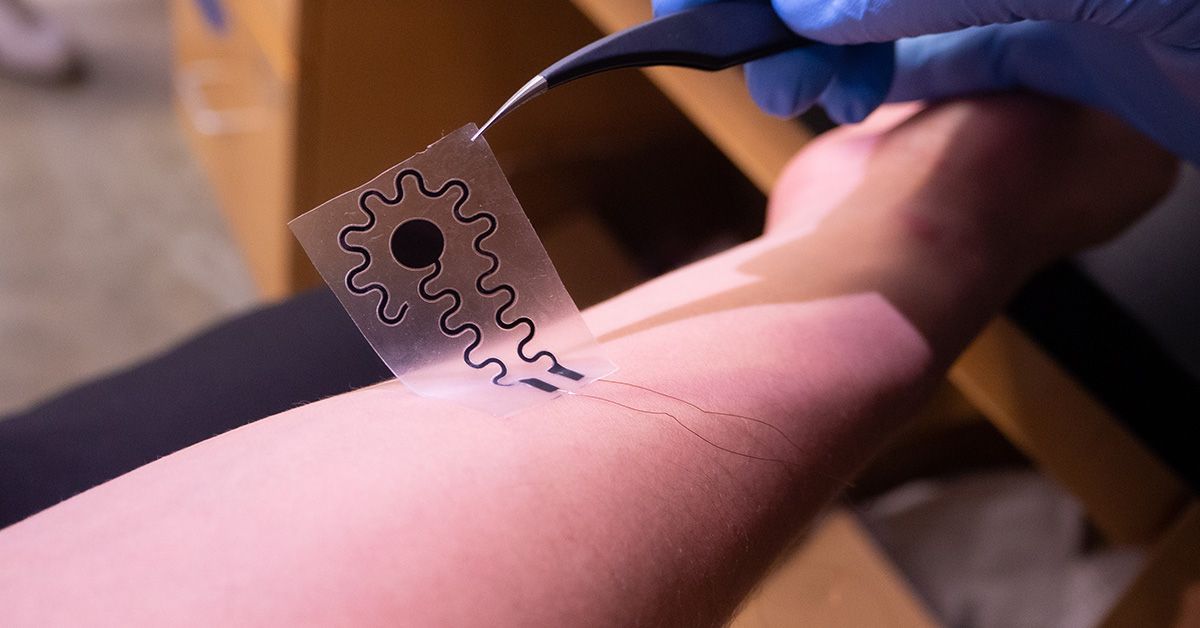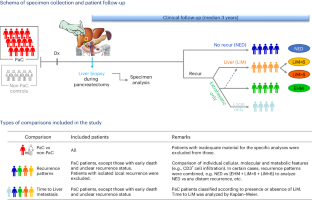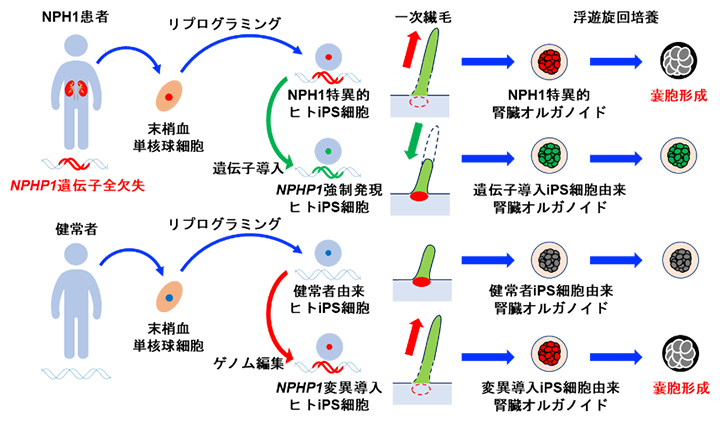2024-06-28 カリフォルニア大学サンディエゴ校(UCSD)

Soft, stretchable electrode recreates sensations of vibration or pressure on the skin through electrical stimulation. Photos by Liezel Labios/UC San Diego Jacobs School of Engineering
<関連情報>
- https://today.ucsd.edu/story/soft-stretchy-electrode-simulates-touch-sensations-using-electrical-signals
- https://www.science.org/doi/10.1126/scirobotics.adk3925
導電性ブロック共重合体エラストマーと心理物理学的閾値処理で正確な触覚効果を実現 Conductive block copolymer elastomers and psychophysical thresholding for accurate haptic effects
RACHEL BLAU, ABDULHAMEED ABDAL, NICHOLAS ROOT, ALEXANDER X. CHEN, […], AND DARREN J. LIPOMI
Science Robotics Published:12 Jun 2024
DOI:https://doi.org/10.1126/scirobotics.adk3925
Editor’s summary
Most haptic devices rely on mechanical actuators to stimulate the skin but are limited in range. Alternatively, electrical stimulation of mechanosensory neurons can be perceived as a mechanical force but often requires high currents and leads to unwanted effects, such as pain. Blau et al. developed an electrotactile device made from a conductive block copolymer in a serpentine shape that exhibited microscopic conformability with the skin. When tested on human participants, the device provided stimulation at very low currents and could toggle between pressure and vibration by changing the signal frequency. Safe and reliable electrotactile stimulation is a promising development for haptic devices such as human-machine interfaces and prosthetics. —Melisa Yashinski
Abstract
Electrotactile stimulus is a form of sensory substitution in which an electrical signal is perceived as a mechanical sensation. The electrotactile effect could, in principle, recapitulate a range of tactile experience by selective activation of nerve endings. However, the method has been plagued by inconsistency, galvanic reactions, pain and desensitization, and unwanted stimulation of nontactile nerves. Here, we describe how a soft conductive block copolymer, a stretchable layout, and concentric electrodes, along with psychophysical thresholding, can circumvent these shortcomings. These purpose-designed materials, device layouts, and calibration techniques make it possible to generate accurate and reproducible sensations across a cohort of 10 human participants and to do so at ultralow currents (≥6 microamperes) without pain or desensitization. This material, form factor, and psychophysical approach could be useful for haptic devices and as a tool for activation of the peripheral nervous system.


